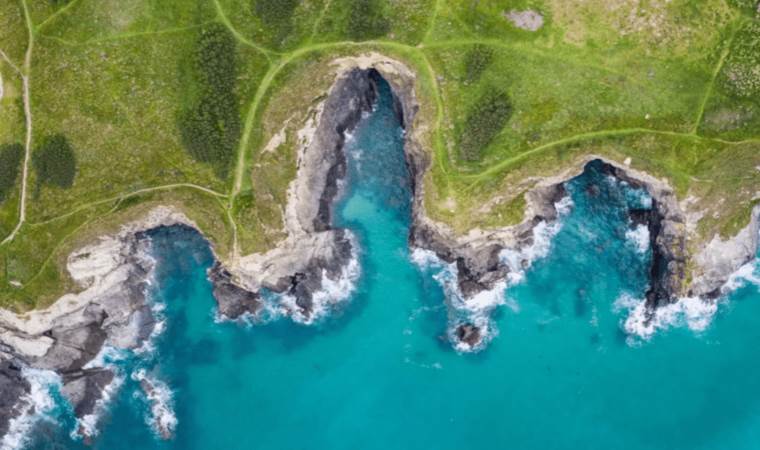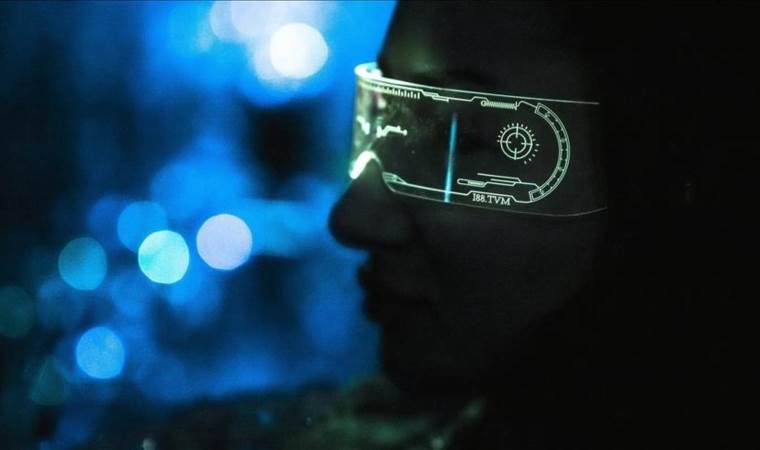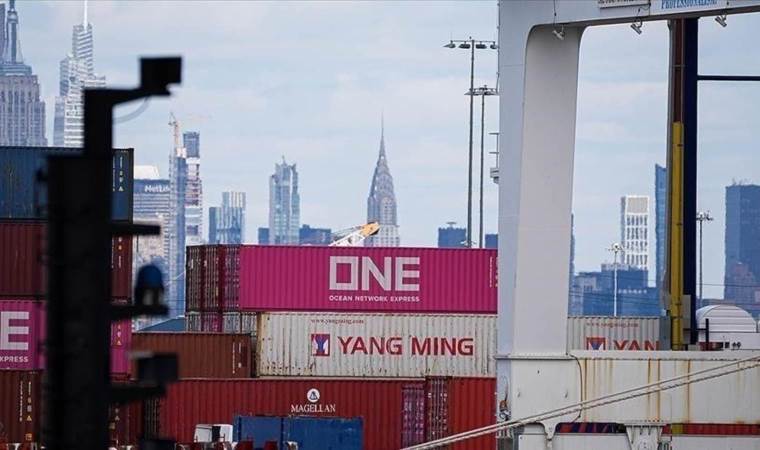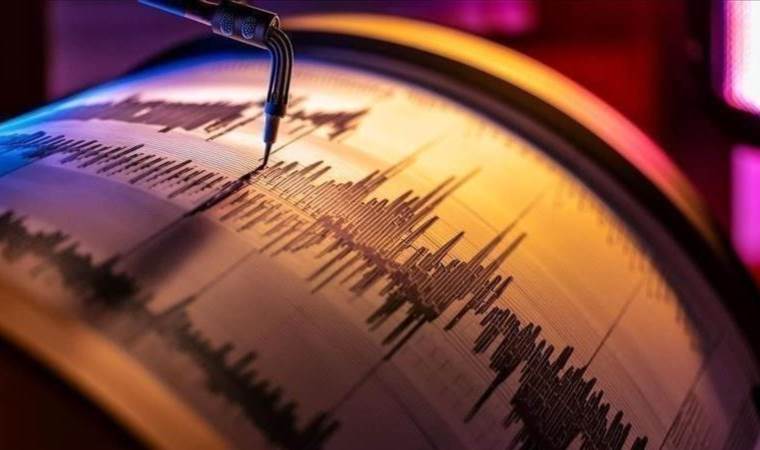'Disturbing' discovery at the world's deepest point!
Scientists working in the Mariana Trench, located in the Western Pacific Ocean and recognized as "the deepest known point in the world's oceans," have made a disturbing discovery.
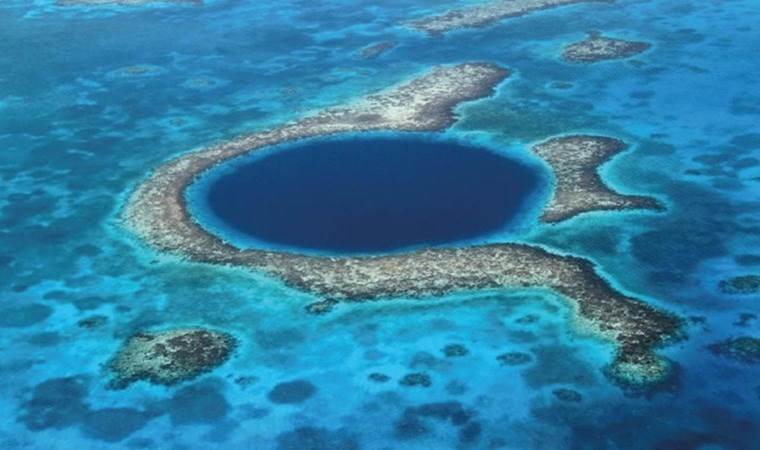
The damage humanity inflicts on nature increases day by day; forests, oceans, and all the habitats we depend on are sharing in this destruction.
Scientists continue to make discoveries every day, but this time our trash has managed to reach a point inaccessible to human hands faster than we have.
Among the findings of scientists researching the Mariana Trench was a "beer bottle."
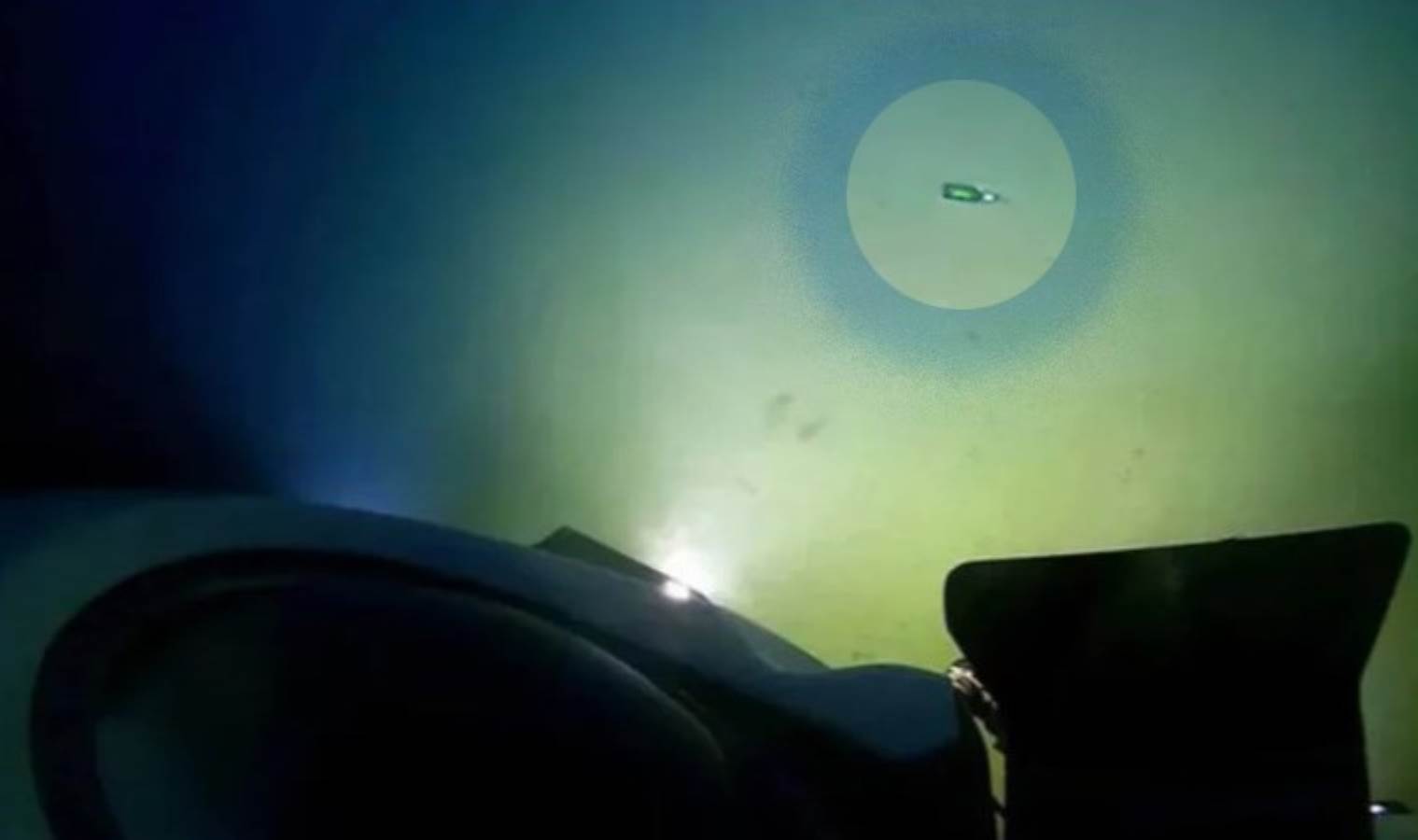
To understand the scale of the trench, approximately 11,000 meters deep, consider this:
If Mount Everest were placed inside the trench, it would be completely engulfed, with about 2 kilometers of water above it.
Therefore, encountering a sturdy beer bottle at this depth is quite surprising.
"IT REACHED BEFORE US..."
Ocean scientist Dr. Dawn Wright shared pieces of trash on social media and wrote alongside a photo:
"What did we see when we first touched the bottom at 10,900+m in #ChallengerDeep? A BEER BOTTLE! Another proof that as humanity, we MUST DO BETTER for the health of the oceans and other habitats we depend on!!!"
Speaking about the discovery to the Los Angeles Times, Dr. Dawn Wright said: "This trash had managed to reach an unspoiled part of our world before us. It became a symbol of how deeply and irreversibly humans have affected the natural world..."
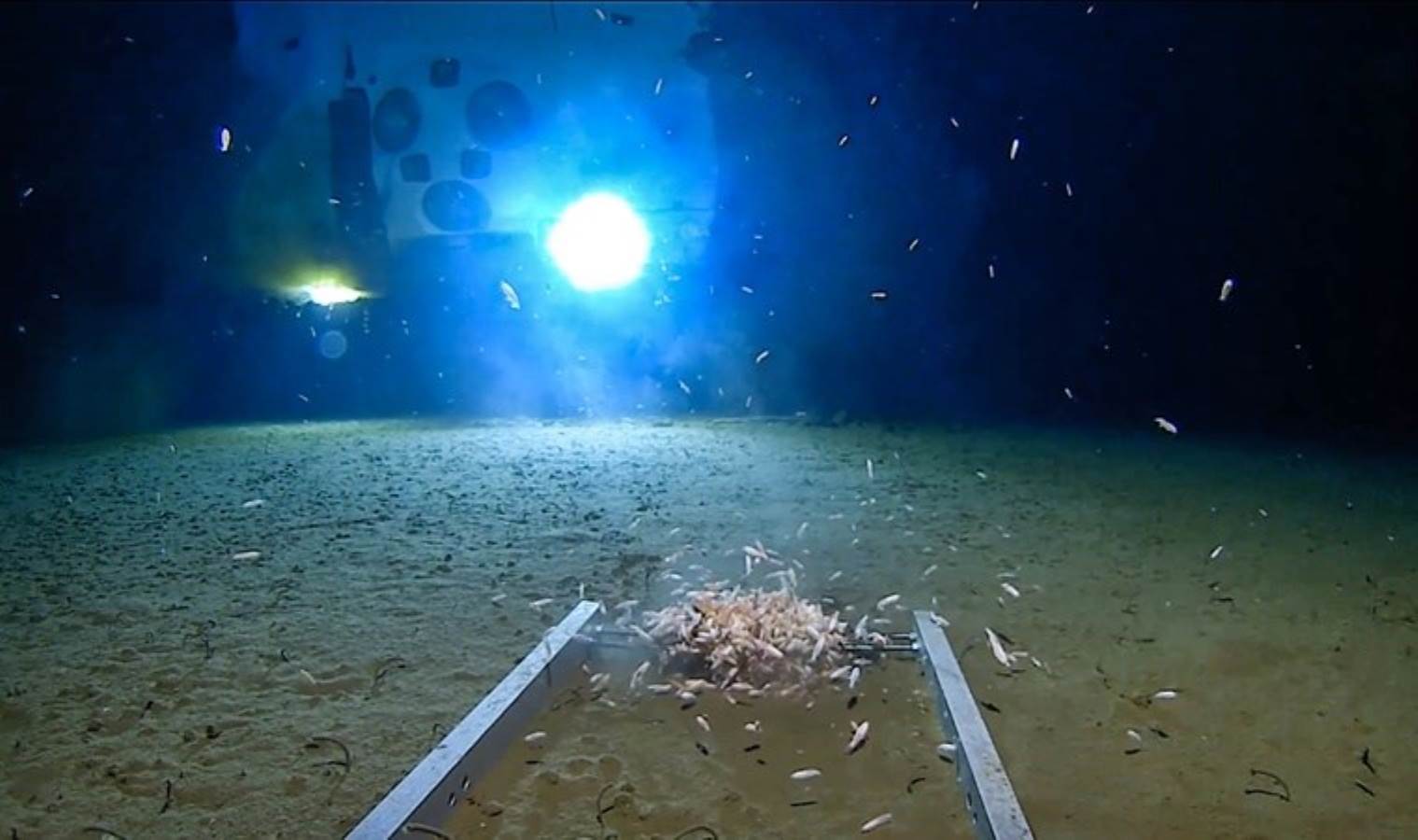
HOW DID THE BOTTLE NOT BREAK?
The story went viral on social media, eliciting numerous comments, with some users posing insightful questions.
One comment read, "It's interesting that we can pollute even the most remote places on earth," while another stated, "The total amount of trash we've dumped into the oceans must be an astronomical figure."
Another user, trying to see the glass as half full, said, "There are pros and cons... The upside is, that now we know a beer bottle can remain intact and reach the bottom. The downside is quite clear... Humans have left their mark in places they should never be."
Some users wondered why the bottle didn't break under the deep trench's pressure.
One user claimed, "The bottle didn't break because it was open," and continued:
"The water filling inside balanced the pressure difference between the ocean and the inside of the bottle..."
WHAT DO WE KNOW ABOUT THE MARIANA TRENCH?
The Mariana Trench is the deepest oceanic trench on Earth and is located in the western part of the Pacific Ocean, just east of the Mariana Islands.
This trench is the result of the collision of two tectonic plates; the Pacific Plate dives under a larger tectonic plate, the Philippine Sea Plate, creating this deep trench.
Some key features of the Mariana Trench include:
Depth: The deepest point of the Mariana Trench, the Challenger Deep, is approximately 10,984 meters (36,037 feet) deep. This is higher than the elevation of Mount Everest's peak above sea level, showcasing the immense scale of the Mariana Trench.
Discovery: The Mariana Trench was first discovered in the late 19th century and visited by various exploration expeditions throughout the 20th century. In 1960, a successful dive to the Challenger Deep was conducted by the Trieste bathyscaphe, led by Don Walsh and Jacques Piccard. This was the first time humans reached this depth.
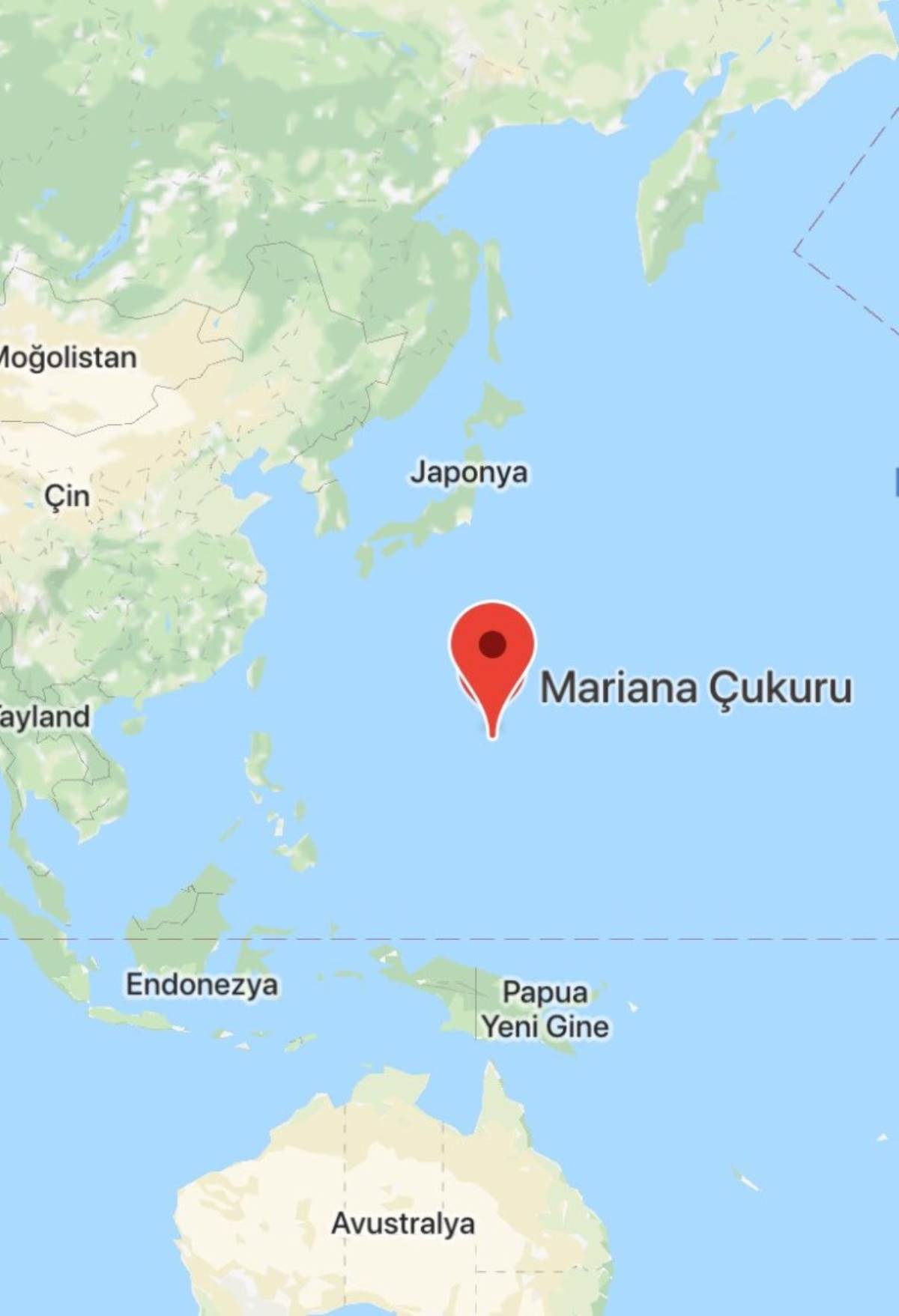
Life: Despite the extreme conditions (high pressure, low temperature, and darkness) of the Mariana Trench, it has been discovered that microorganisms, as well as some multicellular organisms, can live there. These beings provide scientists with important information about the diversity of life in deep-sea ecosystems and the ability to adapt to extreme conditions.
Research: The Mariana Trench is an important research area in ocean science, geology, and biology. As one of the deepest points on Earth, it offers a unique laboratory for understanding how life can exist in one of the planet's most extreme environments.
Technological Challenges: Expeditions to the Mariana Trench pose significant technological challenges for underwater vehicles and other research equipment. The high pressure makes deep-sea research complex and expensive, but these challenges have also led to innovations in deep-sea technology.
As the Mariana Trench continues to be one of the least explored and deepest places on our planet, gaining more knowledge about this region offers significant opportunities to unravel the secrets of life in the depths of Earth and to better understand how our planet functions.
Most Read News
-
 China integrates AI into undergraduate studies
China integrates AI into undergraduate studies
-
 South Korea, US to hold trade talks this week
South Korea, US to hold trade talks this week
-
 Germany cuts economic growth forecast to stagnation for
Germany cuts economic growth forecast to stagnation for
-
 6.3 magnitude earthquake strikes off Indonesia’s Talaud
6.3 magnitude earthquake strikes off Indonesia’s Talaud
-
 Kremlin says Putin open to talks on civilian strikes mor
Kremlin says Putin open to talks on civilian strikes mor
-
 South Korean military holds live-fire drills near inter-
South Korean military holds live-fire drills near inter-
-
 Wife of former US Senator Menendez found guilty in bribe
Wife of former US Senator Menendez found guilty in bribe
-
 Harvard University sues Trump administration over fundin
Harvard University sues Trump administration over fundin
-
 Zelenskyy demands Russian clarity over strikes on civili
Zelenskyy demands Russian clarity over strikes on civili
-
 Pope Francis' funeral to take place on April 26, Vatican
Pope Francis' funeral to take place on April 26, Vatican

